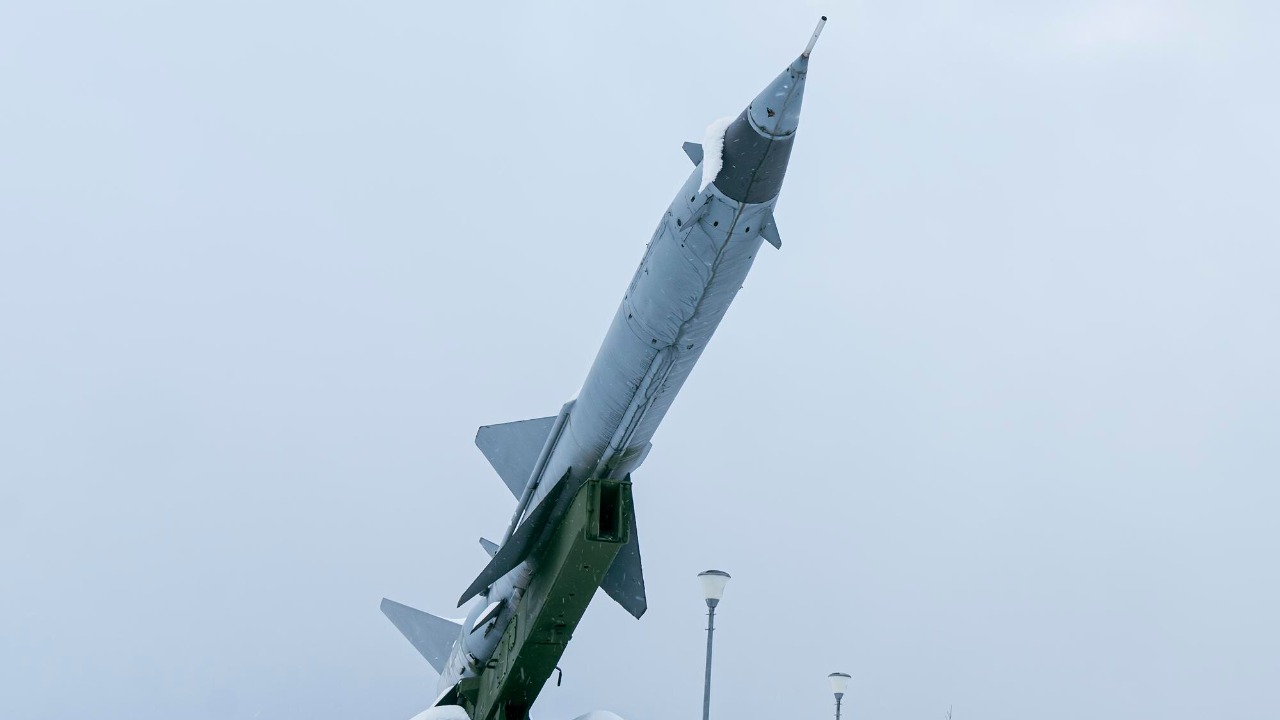
The geopolitical landscape is constantly shifting, with nations vying for superiority in defense technology. Recently, the U.S. unveiled a super-weapon that caught global attention, particularly surprising Russia, which has traditionally been at the forefront of military advancements. This development raises questions about the nature of this new weapon and its implications on global security dynamics.
The Emergence of the Hypersonic Weapon
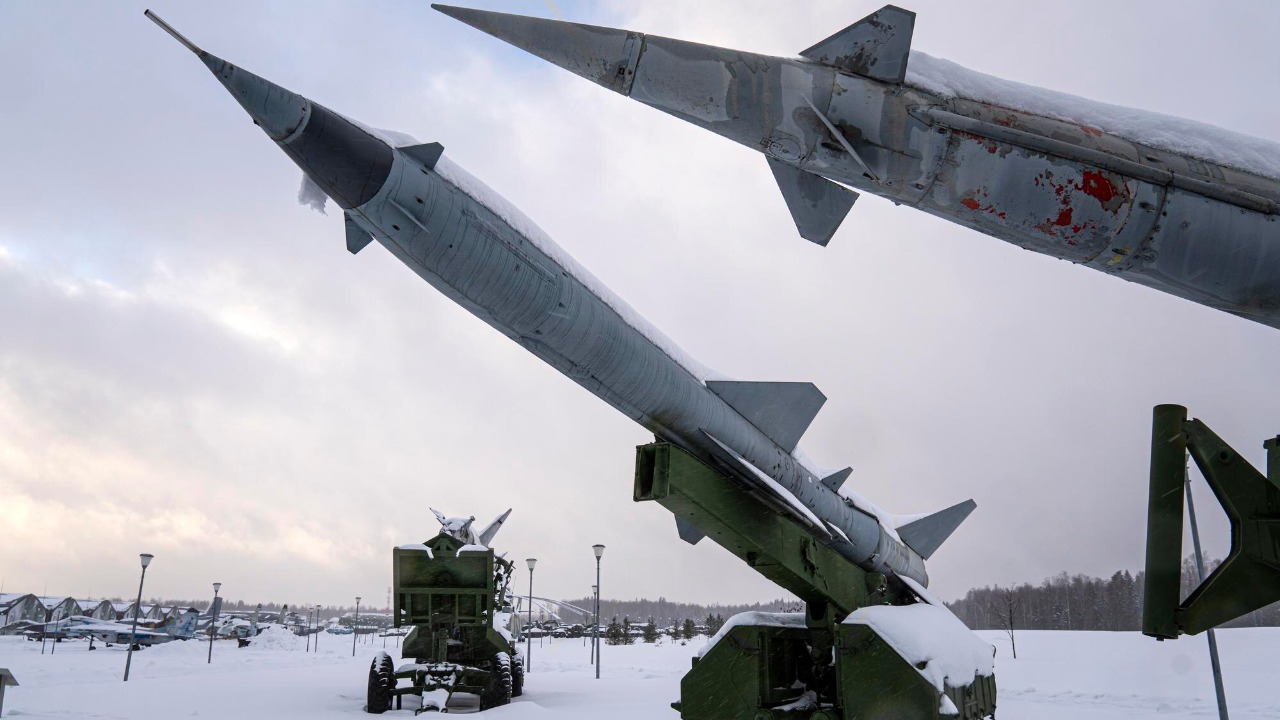
Hypersonic technology represents a significant leap in modern warfare capabilities, allowing missiles to travel at speeds exceeding Mach 5, or five times the speed of sound. This velocity not only makes hypersonic weapons incredibly fast but also extremely difficult to intercept. The U.S.’s journey to mastering this technology has been marked by a series of breakthroughs, building on decades of research and development. Hypersonic vehicles can maneuver during flight, making them unpredictable and more challenging for existing missile defense systems to counter.
Russia has long been considered a leader in hypersonic development, with President Vladimir Putin often touting the country’s advancements in this field. However, the U.S. has managed to leapfrog Russia’s expectations by strategically investing in key technologies and collaborating with top industry players. These efforts have fast-tracked the development of hypersonic capabilities, allowing the U.S. to unveil a weapon that has captured global attention and caught Russia off guard.
Strategic Implications on Global Power Dynamics
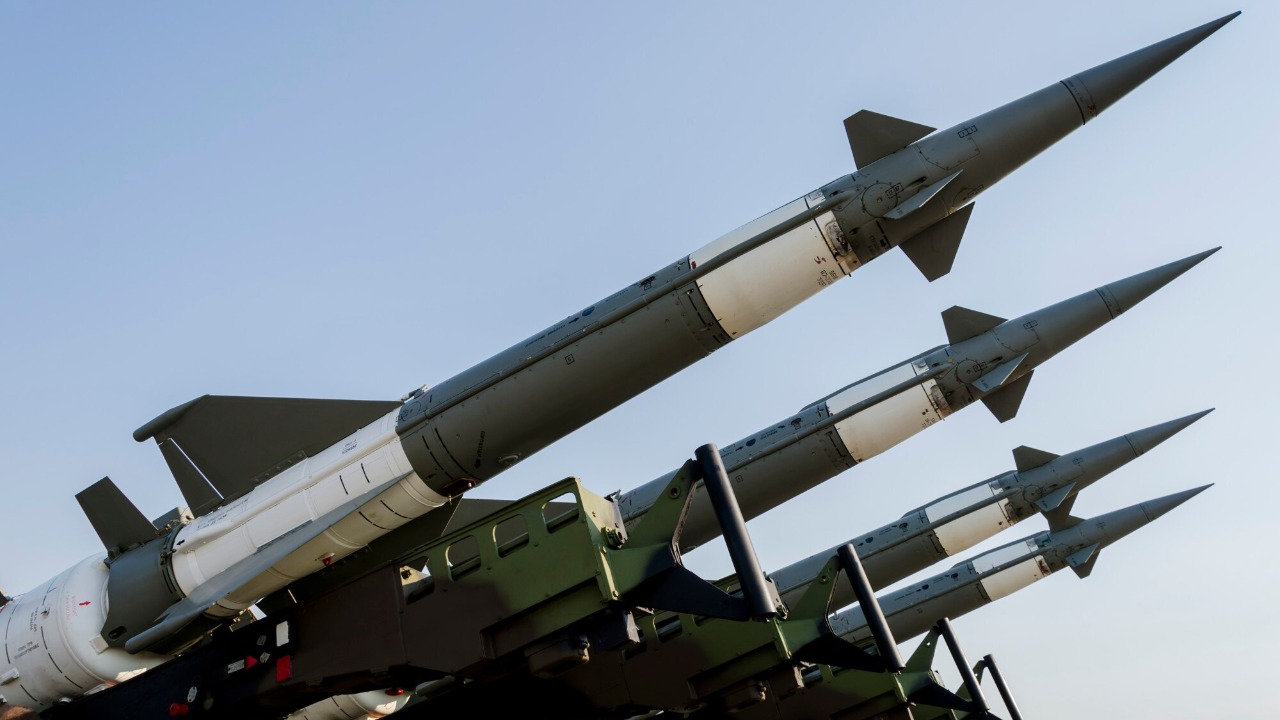
The introduction of a U.S. hypersonic weapon has significant implications for the U.S.-Russia military balance. Russia’s current military capabilities, while formidable, may not be fully equipped to counter the rapid deployment of hypersonic technology. This shift in the balance of power could prompt Russia to reconsider its defense strategies and accelerate its own hypersonic developments. There are also potential adaptations Russia might explore, such as enhancing its missile defense systems or developing counter-hypersonic technologies.
Global allies and adversaries are also reacting to the U.S.’s new development. NATO members and other allies may view the hypersonic weapon as a strengthening of collective defense capabilities, potentially altering defense strategies and alliances. Conversely, adversaries like China might perceive this advancement as a threat, leading to increased tensions and an arms race in hypersonic technology. As nations reassess their defense postures, the geopolitical landscape could see shifts in alliances and strategic partnerships.
Technological Marvel or Political Showmanship?
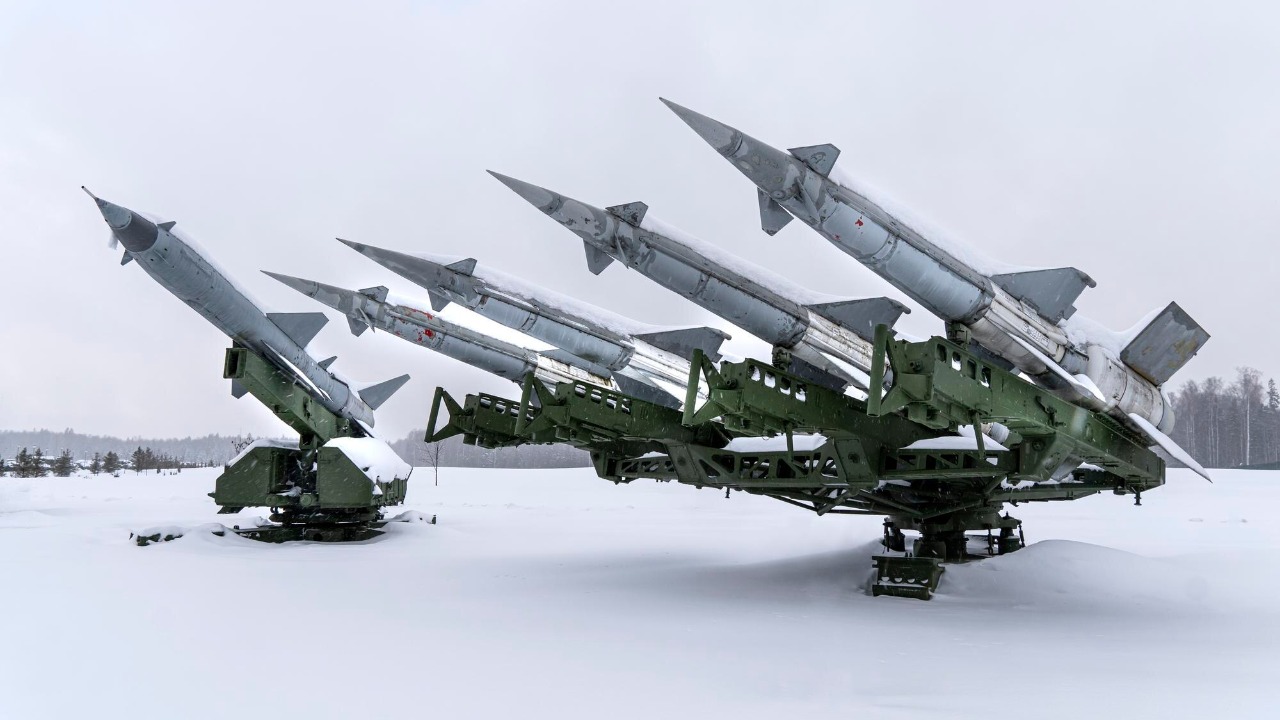
The science behind the U.S. hypersonic weapon is a testament to technological breakthroughs achieved in recent years. Advances in materials science, propulsion systems, and guidance technologies have all contributed to the development of hypersonic vehicles. These advancements allow for greater speed, accuracy, and maneuverability compared to existing missile technologies. Future developments in hypersonics hold the potential to revolutionize warfare, offering capabilities that far exceed those of traditional ballistic missiles.
However, the role of media and political narratives cannot be overlooked. Media coverage often shapes public perception, and there is ongoing debate about whether the U.S.’s hypersonic weapon represents a genuine technological leap or strategic posturing. By framing the weapon as a game-changer, the U.S. may be leveraging its development as a political tool to influence global power dynamics. This raises questions about the extent to which the new weapon is a technological marvel or a calculated move in international diplomacy.
Future of Warfare and Defense Strategies
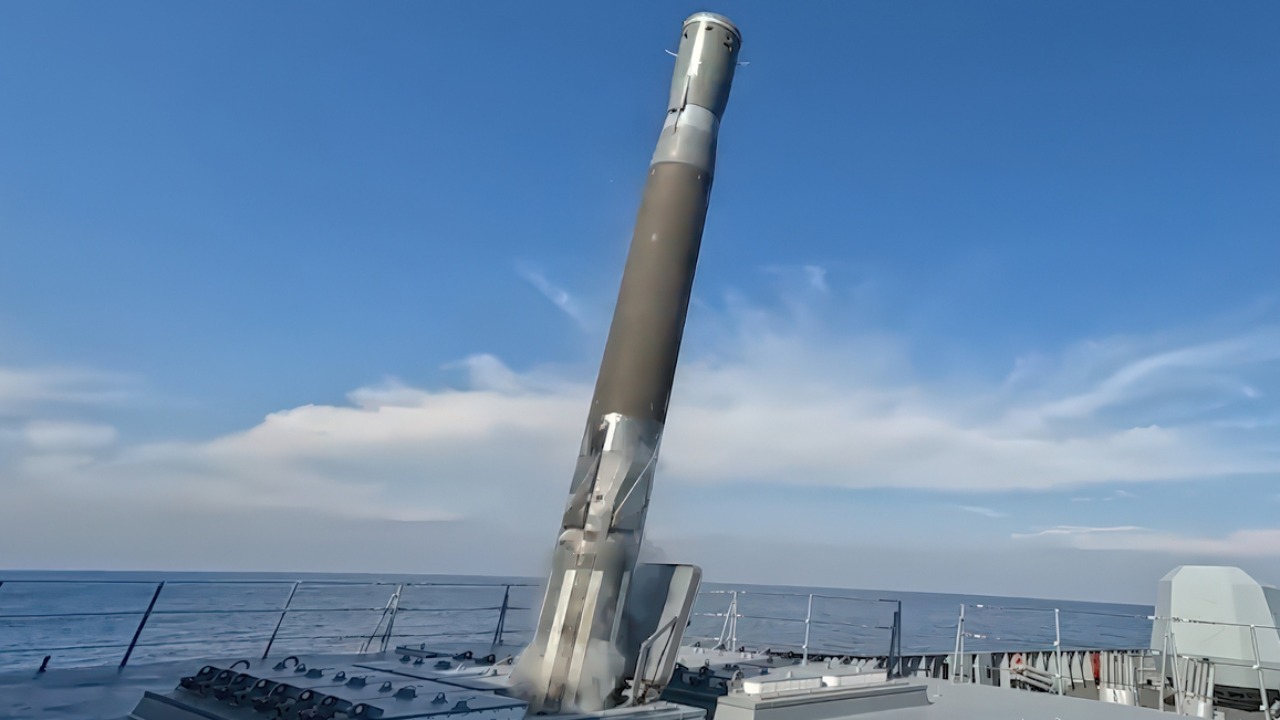
The emergence of hypersonic technology marks the beginning of a new era in military capabilities. As nations continue to develop and integrate advanced technologies, we can expect further evolution in defense strategies. Emerging trends such as artificial intelligence and cyber warfare are likely to complement hypersonic capabilities, providing new avenues for military innovation. The integration of AI in hypersonic weapons could enhance targeting accuracy and decision-making, while cyber warfare could disrupt adversary defenses and communications.
With the rapid advancement of military technology, there is a pressing need for new international arms treaties. Existing arms control agreements may not adequately address the challenges posed by hypersonic weapons. Diplomatic avenues should be explored to manage this new era of advanced weaponry, ensuring that developments in hypersonics and other technologies do not escalate into uncontrolled arms races. The international community must work towards updated treaties that promote transparency, accountability, and stability.
Ethical and Humanitarian Considerations

The deployment of hypersonic weapons raises important ethical and humanitarian considerations. The speed and destructive power of these weapons could have devastating consequences on civilian populations and global peace efforts. There is ongoing debate about the moral implications of deploying such advanced weapons, with concerns about their potential to exacerbate conflicts and increase the risk of unintended casualties.
International organizations, such as the United Nations, play a critical role in moderating technological warfare. By promoting transparency and accountability in defense developments, these entities can influence the responsible use of advanced military technology. Initiatives aimed at fostering dialogue and cooperation among nations are essential in ensuring that the development and deployment of hypersonic weapons are conducted in a manner that prioritizes global security and humanitarian principles. Through collaborative efforts, the international community can work towards a future where technological advancements contribute to peace and stability rather than conflict and chaos.